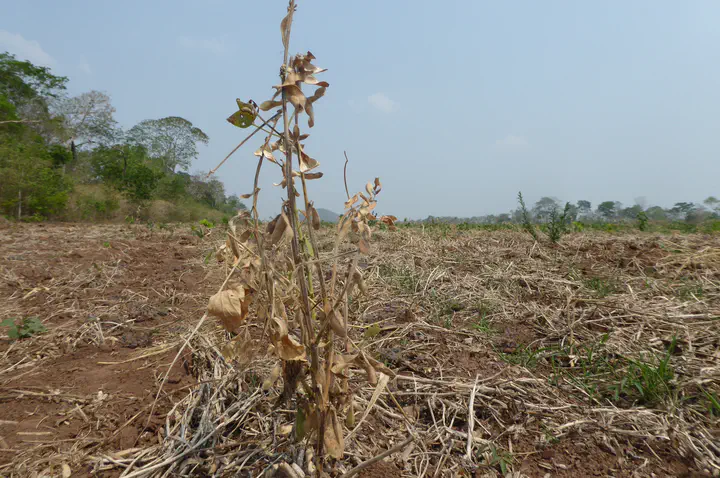Integrating Land System Science and Conservation Science

Land use is both a major cause of the biodiversity crises and a potential solution to it. Decisions about land use are made in complex social–ecological systems, yet conservation research, policy, and practice often neglect the diverse and dynamic nature of land use.
A deeper integration of land system science and conservation science provides major opportunities in this context, through a transfer of concepts, data, and methodologies. Specifically, a closer exchange between land-use data developers and users will enable common terminology and better data use, allowing to move beyond coarse land-cover representations of land use.
Similarly, archetyping and regionalization approaches can help to embrace, rather than oversimplify, the diversity of land-use actors and practices. Finally, systematically linking land-use actors to portfolios of pressures on biodiversity, beyond their direct impact on habitat, can better represent and map co-occurring and interacting threats.
Together, this will enable conservation policymakers and planners to recognize the often-complex and wicked nature of conservation challenges related to land, allowing for more context-specific conservation policymaking and planning, and more targeted conservation interventions.
See the full paper here: Kuemmerle, T. (2024). Moving beyond simplistic representations of land use in conservation. Conservation Letters, Early View e13055.